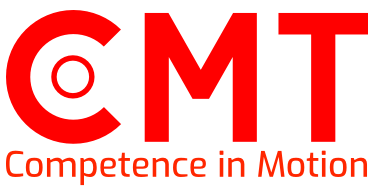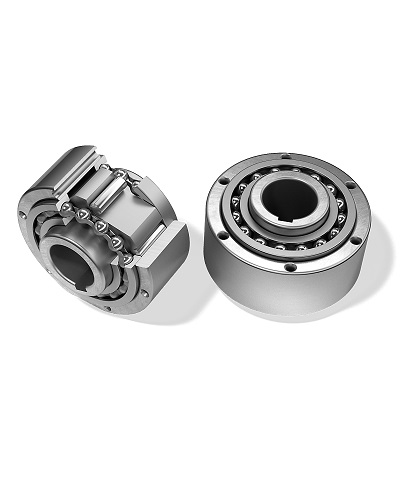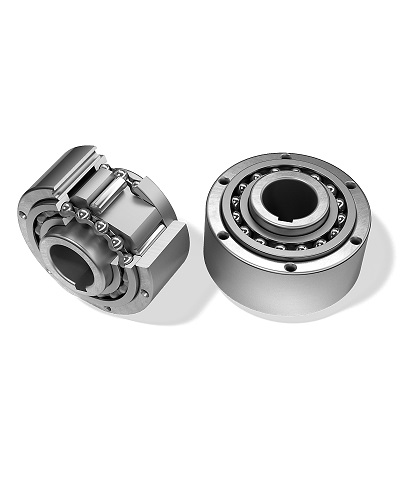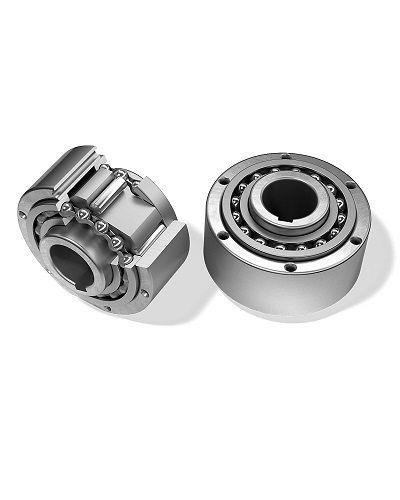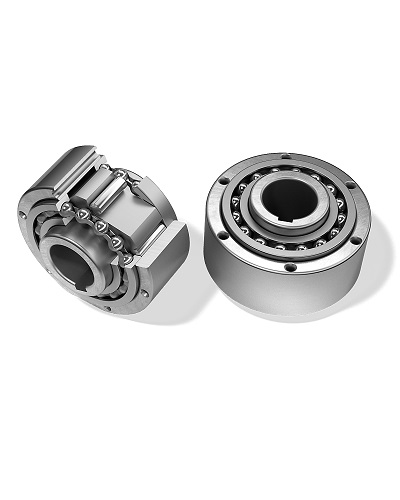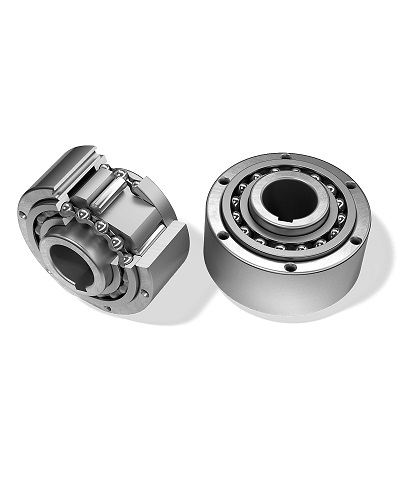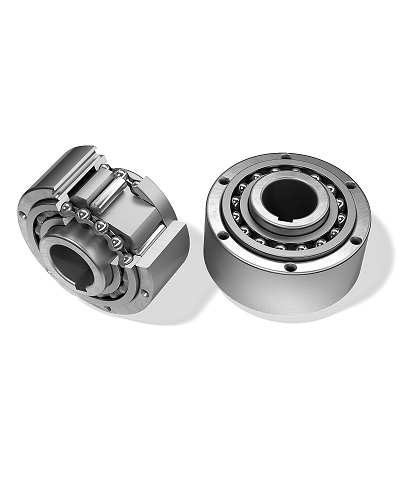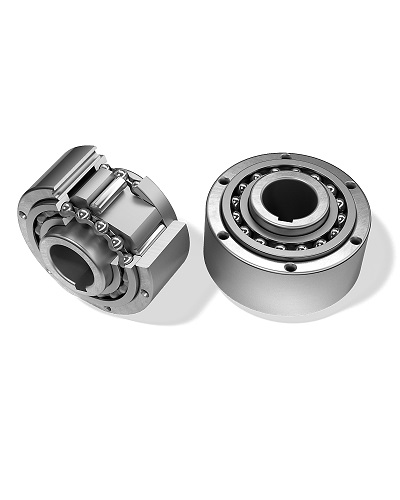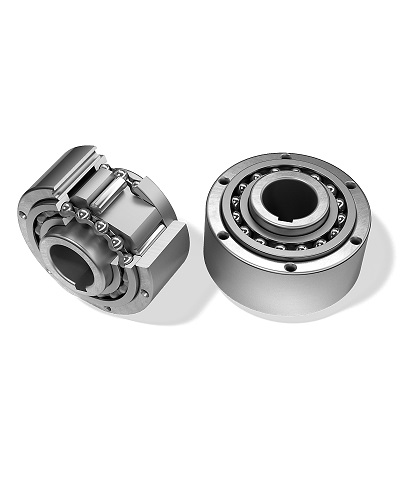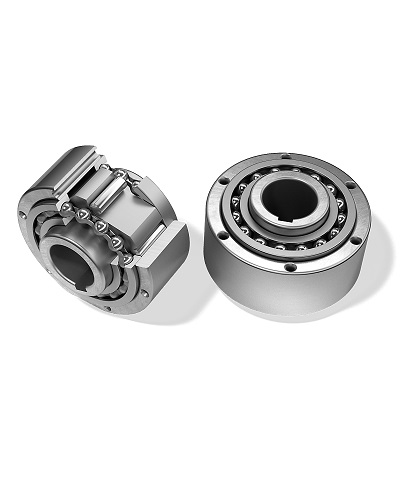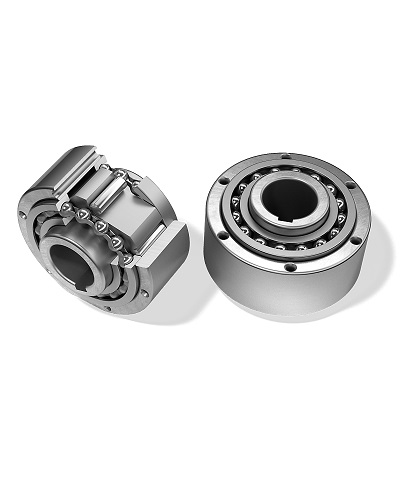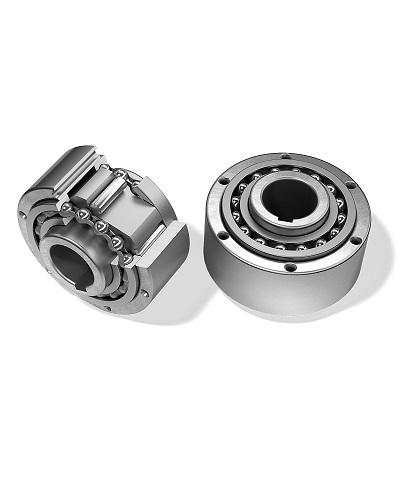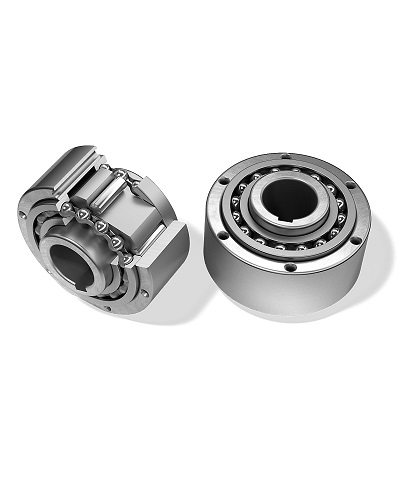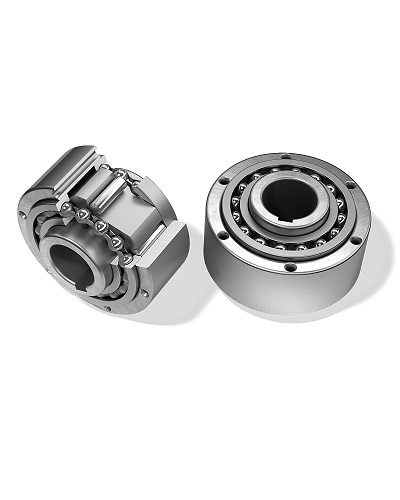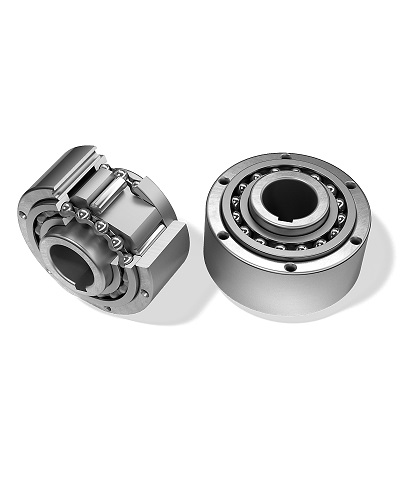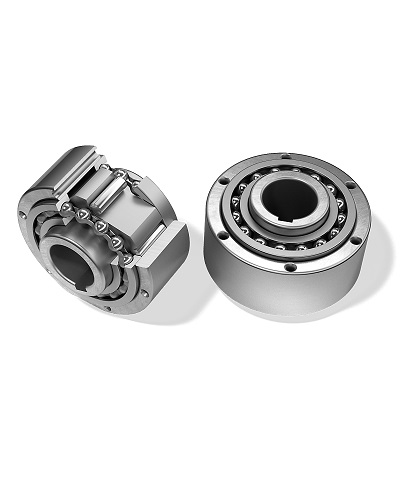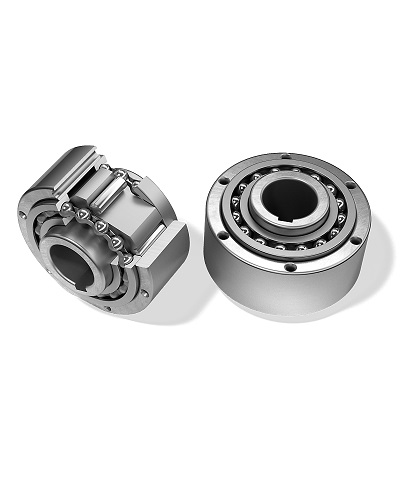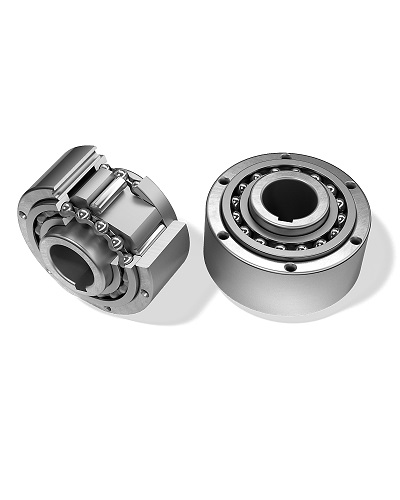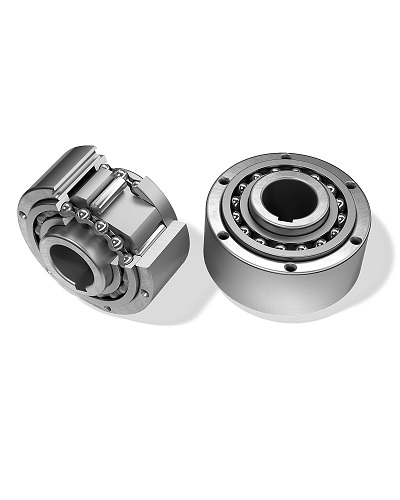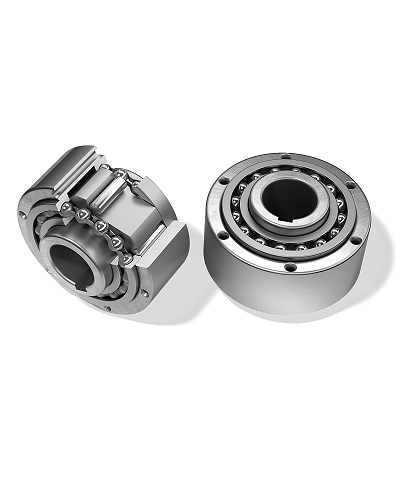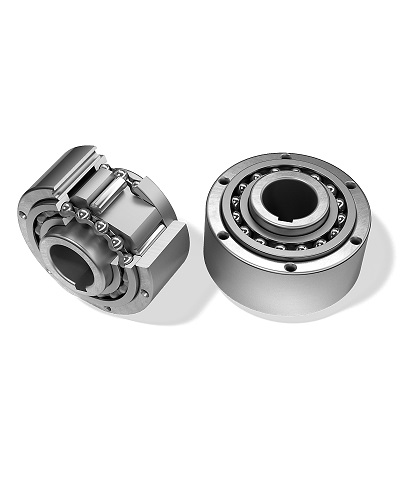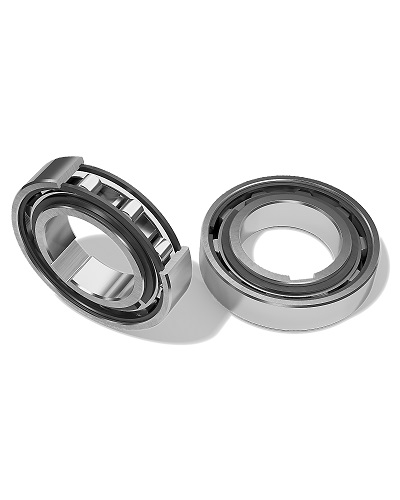-
Products
- Linear Rolling Guidance Systems
- Rolling Bearings
- Rod Ends, Spherical Plain Bearings
-
Freewheels, Backstops
- Bearing Housings
- Bearing Units
- Locknuts, Sleeves
- Shaft Couplings
- Locking Assemblies
- Drive Chains, Conveyor Chains
- Drive Belts, Conveyor Belts
- Cleaners, Lubricants, Adhesives, Sealants
- All products
- Brands
- Company
- InfoCenter
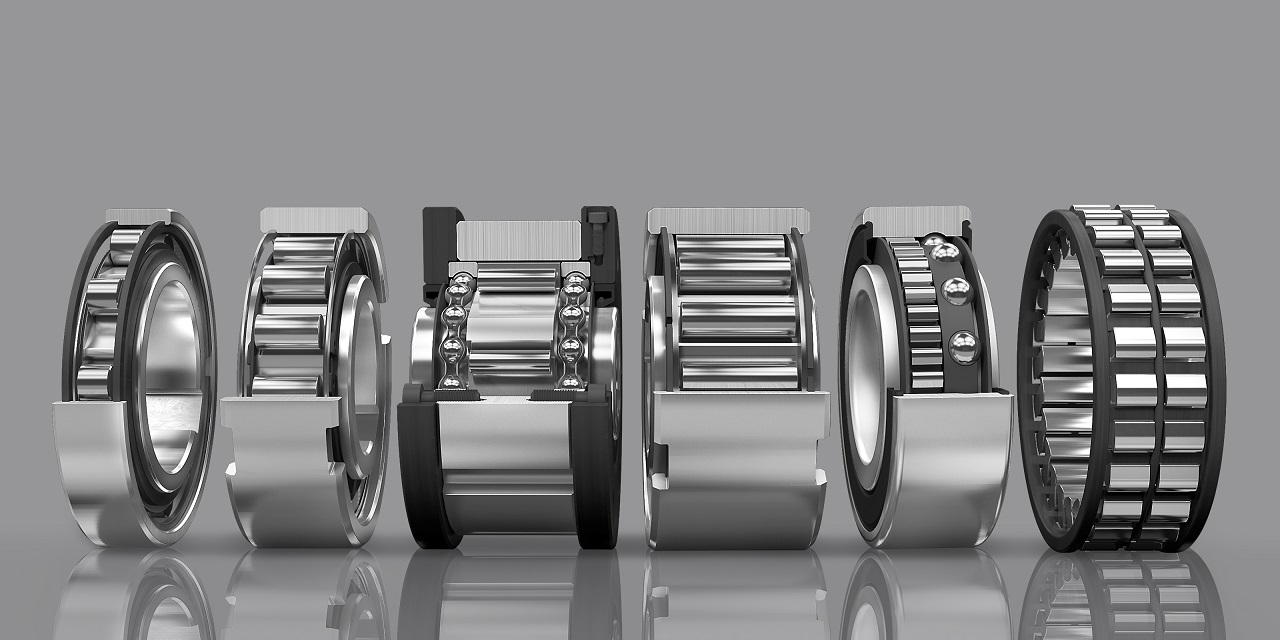
Freewheels, Backstops
Freewheels are unidirectional power-transmitting machine elements consisting of two rings with clamping elements, one of which drives the other as a drive ring. The torque can be applied via the outer ring or via the inner ring. The special feature is that the motion is transmitted in one direction only, and is free in the other.
Decoupling of the two parts can be achieved in two ways:
1) The driven ring rotates faster than the drive ring
2) The drive ring rotates in the opposite direction as the driven ring.
There are three basic modes of operation:
Overrunning Clutch
As soon as the driven ring rotates faster than the drive ring, the connection is broken. Typical applications: Disengagement of starter and of main motor, power drive with two motors, power drive with endothermic motors, to separate the driven flywheels (rotors of electric generators, propellers, etc.) to prevent them from being subjected to the pulsations typical of this type of motors, or to consume the inertia generated during rotation without transmitting it to the endothermic motor.
Backstop
The freewheel always rotates in neutral. When motion stops, rotation in the opposite direction is prevented. Typical applications: Conveyor belts, bucket elevators, large fans, etc.
Intermittent feed
The freewheel converts an alternating motion (piston, connecting rod, etc.) into a constant rotary motion (or continuous if two freewheels are used). Typical applications: Conveyors, dividers, sewing and weaving machines, etc.
